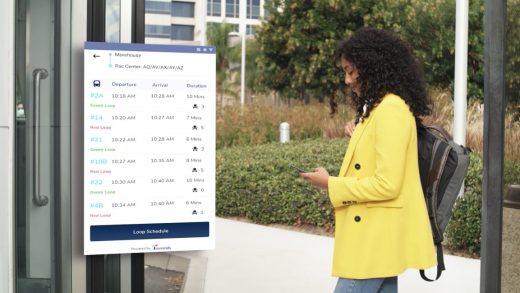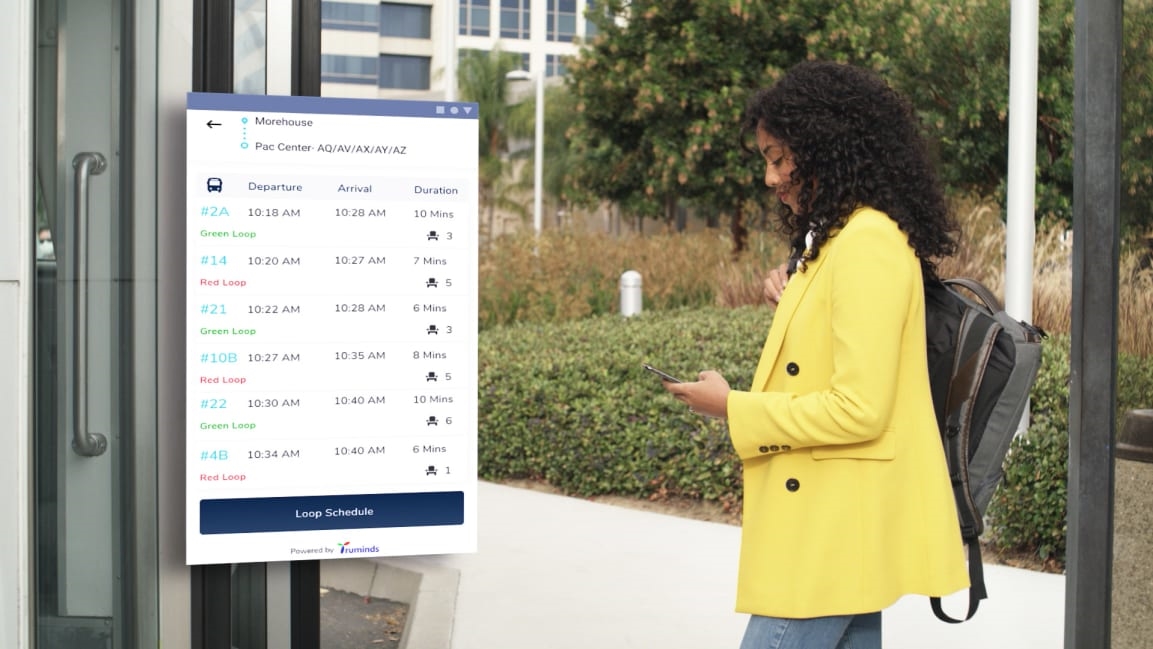This corporate campus is now a mini smart city
With 36 buildings, 25,000 employees, and hundreds of acres of land, the San Diego campus of telecommunications giant Qualcomm is almost a city in itself. That made it the perfect testing ground for a suite of new technologies aimed at making spaces and cities smarter. Over the past year, the company has been rolling out new technologies to its buildings, infrastructure, transportation, and security systems that offer a glimpse of how a tech-enabled smart city could operate.
The campus now has a range of systems in place that use sensors and analytics to optimize everything from energy use to parking. There are camera systems that use artificial intelligence to improve campus and building access and enhance security, systems that tap into sensors in HVAC systems to manage energy consumption, light poles that double as internet hot spots, and algorithms that deploy the company shuttle system based on real-time demand.
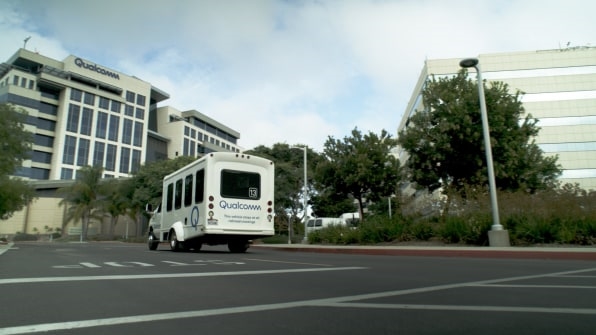
The campus has been turned into a real life test case for how these technologies could function in a larger urban setting, with the understanding that Qualcomm’s main business—microchips and telecommunications devices—isn’t the most intuitive product for many city officials to fully understand. “I cannot go to a mayor and say, ‘Here’s my new chip, it’s going to help your smart city.’ They’re going to say, ‘Well, wait a minute, how? What am I going to do with a chip?’” says Sanjeet Pandit, global head of smart cities at Qualcomm Technologies. “That’s what inspired us to take this on.”
The smart city these efforts are aiming toward could be a highly optimized urban ecosystem, with sensors funneling real-time information on city functions and how people move around to a central control system that can autonomously adjust things such as traffic signals, stormwater systems, electricity rates, and emergency alerts. This is the ideal version of the concept, but it could also lead to a privacy nightmare, equipped with unchecked surveillance systems that exert an opaque control over everything from internet access to algorithmic patterns of police enforcement. Neither the ideal nor the dystopian smart city is quite here yet. Qualcomm’s effort shows how some smart-city capabilities may begin to be rolled out.
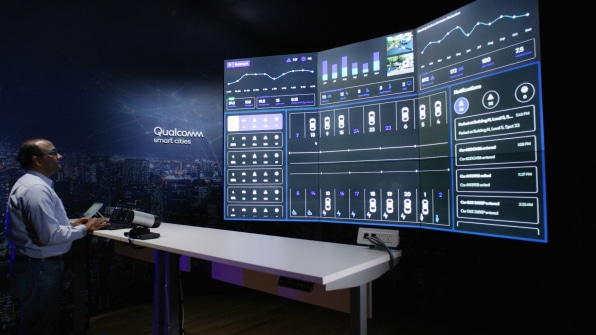
The campus has been outfitted with more than 20 different systems developed through Qualcomm’s Smart Cities Accelerator Program, which connects cities with affiliated technology providers that can offer individual solutions depending on its needs. The technologies implemented on the campus include trash cans that can notify janitorial staff when they need to be emptied, security gates that use automated license-plate readers to open for employees, and parking garages with AI cameras that help drivers go directly to empty parking spaces without wasting time and gas.
“This equipment is a little bit overkill for our campus,” Pandit says, noting that on the scale of a few dozen buildings, even optimized energy usage and streamlined parking have only limited savings. Many of these tools are capable of handling a city-scale network of sensors and internet-of-things devices, which, when spread across a city with a population in the millions, can result in significant efficiency improvements and resources savings.
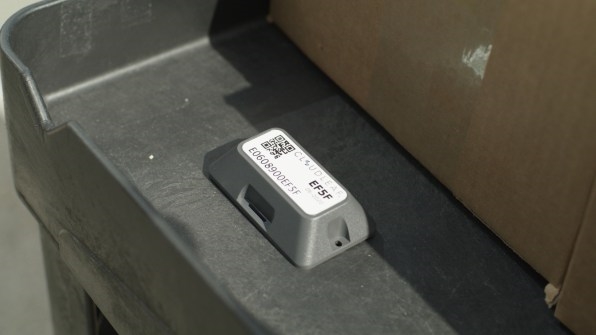
The technology also hasn’t been fully pushed to its limits, as most of the company’s workers haven’t yet returned to the campus. For the essential staff that has returned, Pandit says some systems are already proving effective. For example, AI-enabled cameras that detect mask compliance and social distancing are being used to notify security personnel when people are not being compliant.
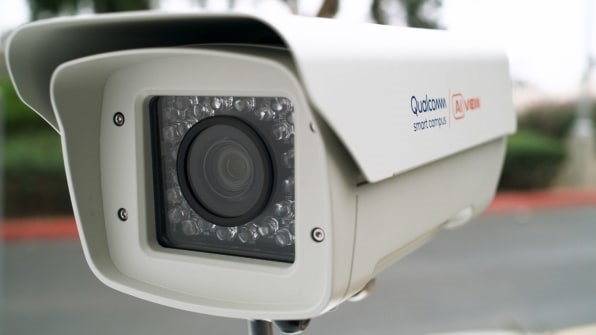
But while a corporate campus may be easily managed with one overarching system, cities are significantly more complex. The implementation of these kinds of technologies will likely be piecemeal, and with only incremental signs of movement toward the idealized version of an interconnected smart city.
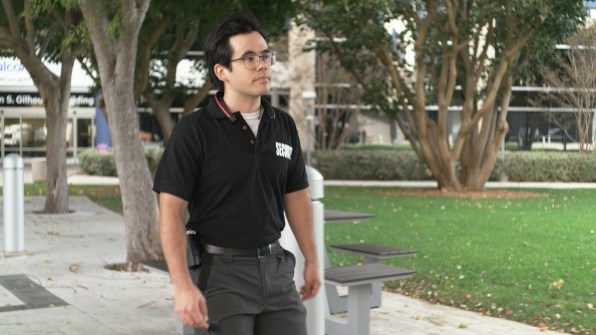
The technologies are beginning to roll out, though. Pandit says Qualcomm is in talks with several U.S. cities about adopting some of these new capabilities. The systems cities are most interested in are more specialized and disparate, including fleet-management technology to better track when city-owned vehicles need preventative maintenance, smart lights that serve as internet hot spots in low-income neighborhoods, and systems to better understand when trash receptacles are full.
On their own, these technologies are a far cry from the city of the future and only begin to show how sensors and systems can make urban operations more efficient. But Pandit says they are the first steps toward building out a more complex set of solutions to meet the needs of the space, whether it’s a few corporate buildings or an entire city.
(19)

